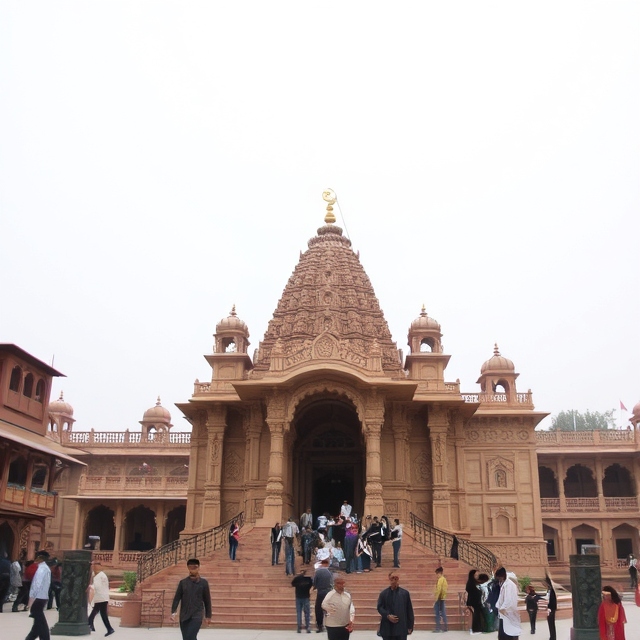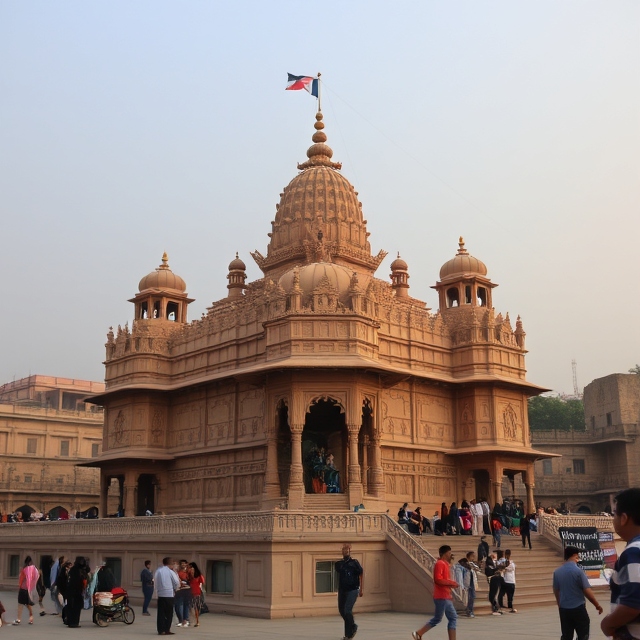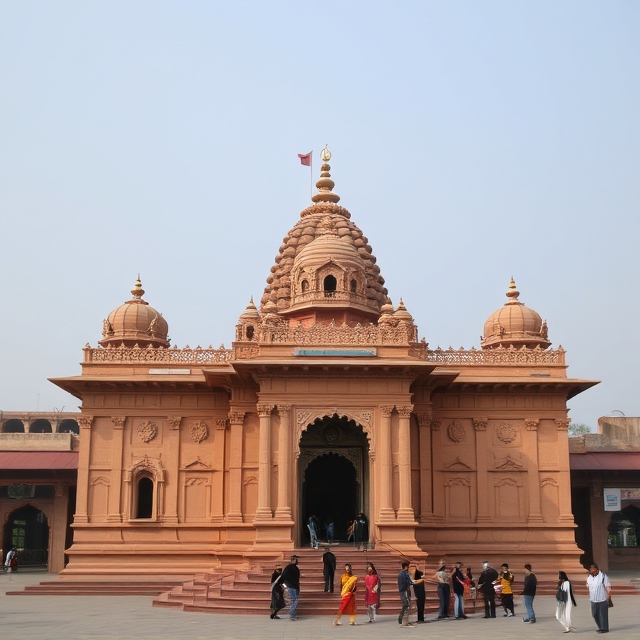The Ram Mandir in Ayodhya, built to represent faith, unity, and cultural renaissance, has remained one of the most anticipated and monumental temple constructions in India. It reflects the spirit of history and faith through which the site has been witnessed and reverenced by millions of devotees, and is emerging as an architectural wonder. This blog discusses the historical significance of the Ram Mandir, its construction journey, and socio-cultural implications; plus some crucial information for other pilgrims who wish to visit.
Historical Significance of Ayodhya
Ayodhya is considered the birthplace of Lord Rama, a major deity in Hinduism and the protagonist of the Ramayana. Known as the “City of God”, Ayodhya holds a great spiritual importance for Hindus all over the world.
The issue of the Ram Mandir has historically had a troubled existence, both as a site of faith and contention. Ancient texts and local traditions refer to the former presence of a grand temple dedicated to Lord Rama at this site. For many years, it has endured the struggles of changing historical and political regimes surrounding the site, and now, with a legal verdict, it has allowed for the temple’s construction.
A Legal Sojourn to Ram Mandir

This odyssey has been a story of almost decades of litigation over the Ram temple. The ruling from the Supreme Court in November 2019 really was one of the landmark moves that set the discretion for permission on the construction of the temple. It ordered the disputed site to be handed over for temple construction, and provided the alternate site to be allocated for mosque construction.
For devotees, the judgment meant a true victory of faith and justice; peace and respect for all communities.
The reason behind the Ram Mandir architecture.
Architecture promising one more touch towards India’s great heritage and traditional handicrafts are its delicate work of cut stone, lavish domes, and soaring spires, etc., which belong to the Nagara style of temple architecture. The distinguishing features of the architecture would be:
Garbhagriha or Sanctum Sanctorum-It is a place Priest would pronounce as appropriate for Lord Ram, also an reception to the deity’s image inside the sanctum would elicit a call for spiritual experience and peace.
Mandapa-Group of Halls-Set with exquisite graved-out scenes from the Ramayana.
Shikhara-Leaping at the height towards the divine.
High-quality sandstone and marble have been raised to make sure that the construction endures through centuries and even withstands itself aesthetically. Several architects and artisans participated, strapped to their choices from across India.

Construction Timeline and Update.
It started with much zeal, fanfare, and celebration with PM Narendra Modi on August 5, 2020, and is already taking shape since they started the construction work. Completion is expected around January 2024 for the first phase of the temple construction. A special atmosphere surrounds the beginning and the grand opening for devotees.
Cultural and Economic Effects.
Ayodhya will have far-reaching repercussions from the construction of Ram Mandir and then on in its wake.
Tourism-Promising to lure millions of devotees and, therefore, tourists every year for Ram Mandir. Tourism should help flourish the local economy and actually provide jobs.
Cultural Renaissance-The project opened up discussions on the true spirit of India, art, and spiritual ethos altogether.
Infrastructure Development- Ayodhya is ringing with boasts of the model of infrastructure, connectivity, hotels, and reaching-out to basic services.

Here is how you plan your visit.
Since Ram Mandir is under construction, here are some essential tips for a grand visit.
Good time to visit: The temple can be visited year-round, although festivals like Ram Navami have a unique and lively atmosphere.
Getting There: Ayodhya is easily reachable by road, rail, and air. The nearest airport to Ayodhya is the Ayodhya airport, which operates regular flights from major cities.
Accommodation: Within the city and its outskirts, various accommodations exist ranging from budget lodges to luxurious hotels.
Nearby Attractions: While in Ayodhya, take the opportunity to visit other spiritual and historical sites, Hanuman Garhi, Kanak Bhawan, and the Saryu River.

Significance of the Ram Mandir
Besides its architectural grandeur, Ram Mandir is a symbol of resilience, faith, and unity. It embodies values that the Lord himself preached about for all time: truth, duty, and compassion. The temple’s construction is all about bringing back sacrifice and pride amongst the people of India.
Conclusion
So Ayodhya Ram Mandir cannot just be a temple, but a living ambassador of the spiritual cultural value of India. The temple, which is close to being completed now, fills millions with a sense of devotion and reverence for Lord Rama. A believer, an enthusiast of history, or a traveler looking for a spiritual solace-the Ram Mandir is standing for the experience that imprisons even souls.
Stay connected with this space for any updates regarding Ram Mandir and plan your trip and witness this monumental flagbearer of faith and heritage. Jai Shri Ram!





